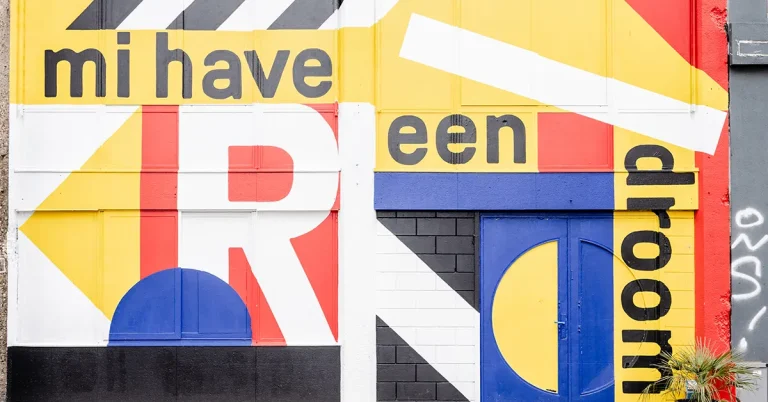In today’s digital age, consumers are bombarded with more content than ever before. In order to stand out from the crowd, brands need to find ways to engage their audience on a deeper level. One of the most effective ways to do this is through visual storytelling.
In this blog, we will explore the following topics:
- Introducing visual storytelling
- Different ways to use visual storytelling in branding
- Tips for creating effective visual stories
Introducing visual storytelling:
Visual storytelling is the practice of using images, videos, and other visual media to tell a story. By using visuals to connect with the emotions and experiences of their audience, brands can create a connection and build trust with their consumers. There are many reasons why visual storytelling is so effective in branding.
- Visuals are more engaging than text. Studies have shown that people remember 80% of what they see and do, compared to just 20% of what they read. This means that visuals are a powerful way to capture attention and keep people interested.
- Visuals can evoke emotions. When we see an image or video, it can trigger a range of emotions, such as happiness, sadness, excitement, or nostalgia. These emotions can create a deeper connection between the viewer and the brand.
- Visuals can simplify complex ideas. By using visuals to break down complex concepts into easy-to-understand images, brands can make their message more accessible to their audience.
Finally, visuals can build brand identity. By using consistent visuals across all marketing channels, brands can create a recognizable identity that resonates with their audience.
Different ways to use visual storytelling in branding:
There are many different ways to use visual storytelling in branding. Here are a few examples:
- Branded imagery: This could include anything from logos and product shots to lifestyle images that capture the brand’s values.
- Video content: This could include everything from product demos to behind-the-scenes videos to short films that tell the brand’s story.
- Infographics: These are visual representations of data that can be used to explain complex concepts or tell a story in a concise way.
- Social media posts: This is a great way to share visual content with your audience and engage them in conversation.
No matter how you choose to use visual storytelling, the most important thing is to be creative and authentic. When you tell your brand’s story in a visually engaging way, you will be more likely to connect with your audience and build a lasting relationship.
Tips for creating effective visual stories:
Here are some tips for creating effective visual stories:
- Start with a strong narrative: What is the story you want to tell? What are the key moments in the story?
- Use visuals that are relevant to your audience: What kind of images or videos will resonate with your target audience?
- Keep your visuals simple and easy to understand: Avoid using too much text or complex visuals.
- Use a consistent visual style: This will help to create a recognizable brand identity.
- Measure the results of your visual storytelling: How are your visuals engaging your audience? Are they helping to build brand awareness?
Visual storytelling is a powerful tool that can help you to connect with your audience and build a lasting relationship with your brand. By following these tips, you can create effective visual stories that will help you to achieve your branding goals.
Conclusion:
Visuals are more engaging than text, and they can evoke emotions that help people connect with your brand on a deeper level. No matter how you choose to use visual storytelling, the most important thing is to be creative and authentic. When you tell your brand’s story in a visually engaging way, you will be more likely to connect with your audience and build a lasting relationship.




